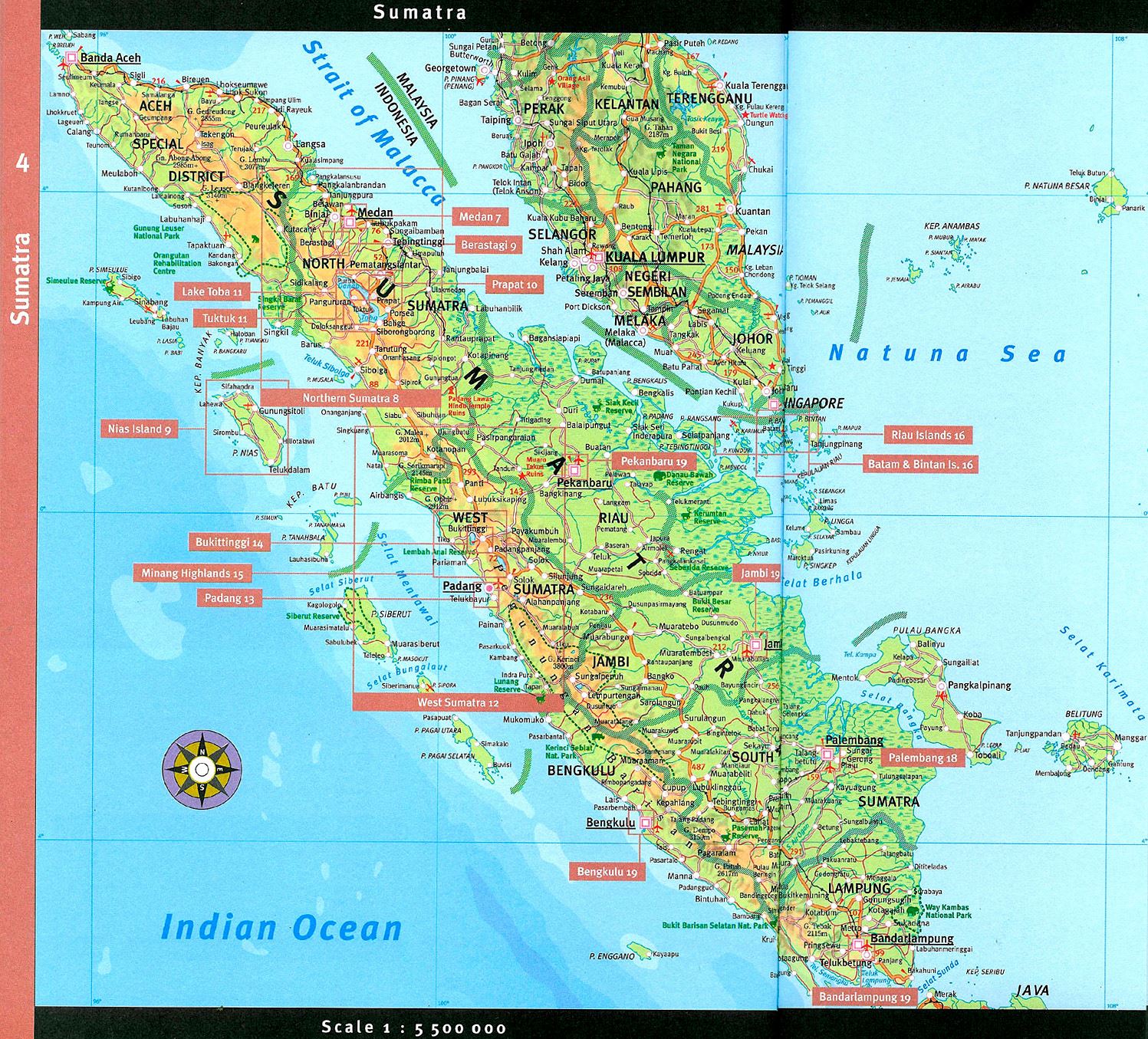

Based on the land sparing theory 11, the improvement of oil yields has been put forward as a means of reconciling oil production and forest conservation 12, 13. Therefore, knowing the exact extent and age of plantations across a landscape is crucial for landscape-level planning to allow for both sustainable oil palm production and forest conservation. They increase during the youth phase of the first seven years, reach a plateau during the prime age of 7–15 years, and then slowly start to decline before palms are replaced at the age of 25–30 years 10.

Oil palm yields, however, vary dynamically with plantation stand age and location. Oil palm is known to be the most efficient oil-producing plant globally. This rise has deeply impacted natural forest ecosystems 2, 3, 4, 5 and biodiversity 6, 7, while contributing significantly to climate change by releasing carbon from converted forests and peatlands into the atmosphere 2, 8, 9. Between 19, oil palm plantations expanded from 10 to 21 Million hectares (Mha), while crude palm oil production increased from 100 to 300 million tons (Mt) 1. Driven by food and industrial demand, the production of global oil palm has more than doubled over the last two decades.


 0 kommentar(er)
0 kommentar(er)
